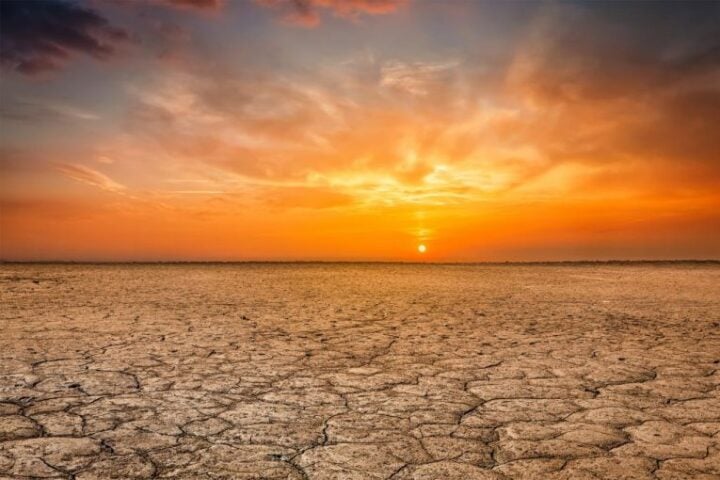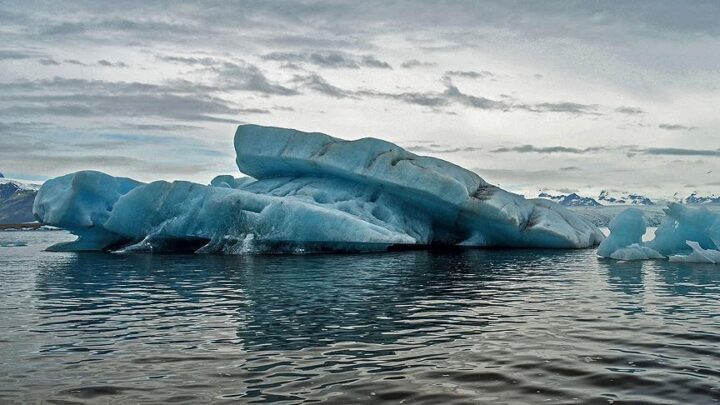The World Meteorological Organisation (WMO) says global temperatures are likely to surge to record levels in the next five years.
In a statement issued on Wednesday, WMO said there is a 66 percent likelihood that global temperatures will exceed 1.5°C above pre-industrial levels in at least one year between 2023 and 2027.
The WMO said there is also a 98 percent chance that at least one of the next five years will be the warmest on record. The warmest year so far was 2016, when there was an exceptionally strong El Niño.
According to the US geological survey, El Niño refers to a warming of the ocean surface, or above-average sea surface temperatures, in the central and eastern tropical Pacific Ocean.
Advertisement
Petteri Taalas, WMO secretary-general, said the breaching of the 1.5°C threshold was fuelled by heat-trapping greenhouse gases induced by human activities and a naturally occurring El Niño event.
Taalas called for adequate preparations ahead of the event, which according to him, would have devastating effects on human health and the environment.
“This report does not mean that we will permanently exceed the 1.5°C specified in the Paris agreement, which refers to long-term warming over many years,” he said.
Advertisement
“However, WMO is sounding the alarm that we will breach the 1.5°C level on a temporary basis with increasing frequency.
“A warming El Niño is expected to develop in the coming months and this will combine with human-induced climate change to push global temperatures into uncharted territory.
“This will have far-reaching repercussions for health, food security, water management and the environment. We need to be prepared.”
Leon Hermanson, a Met Office scientist who led the report, said there is a 32 percent chance that the five-year mean temperatures will exceed the 1.5°C threshold.
Advertisement
“Global mean temperatures are predicted to continue increasing, moving us away further and further away from the climate we are used to,” he said.
“The chance of temporarily exceeding 1.5°C has risen steadily since 2015, when it was close to zero. Between 2017 and 2021, there was a 10 percent chance of exceedance.”






